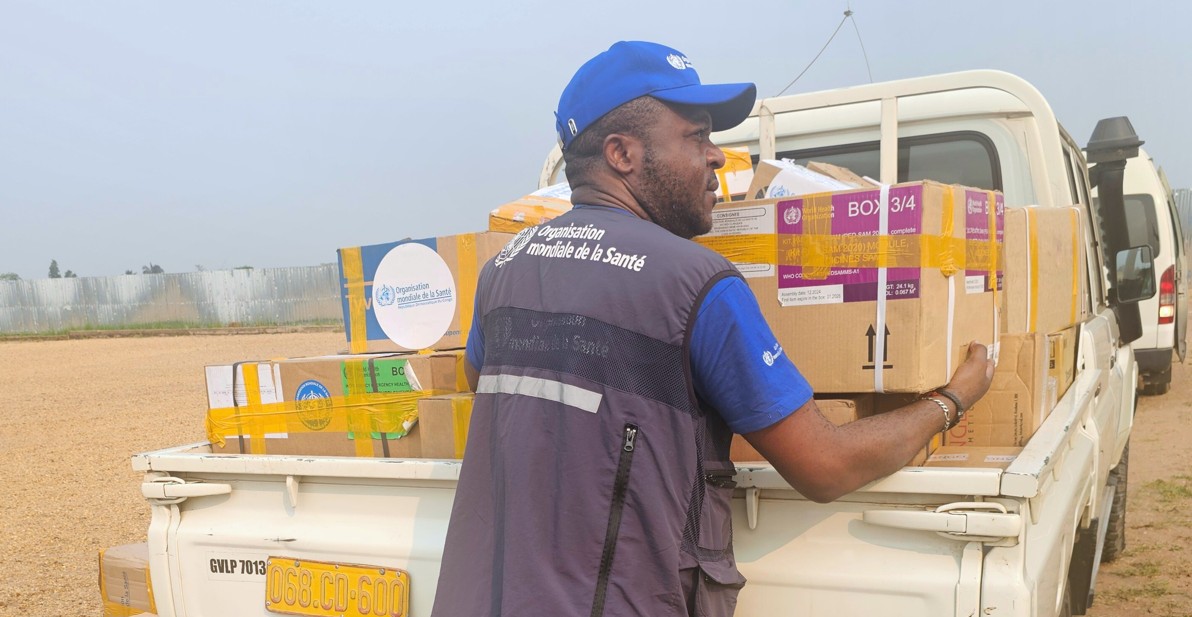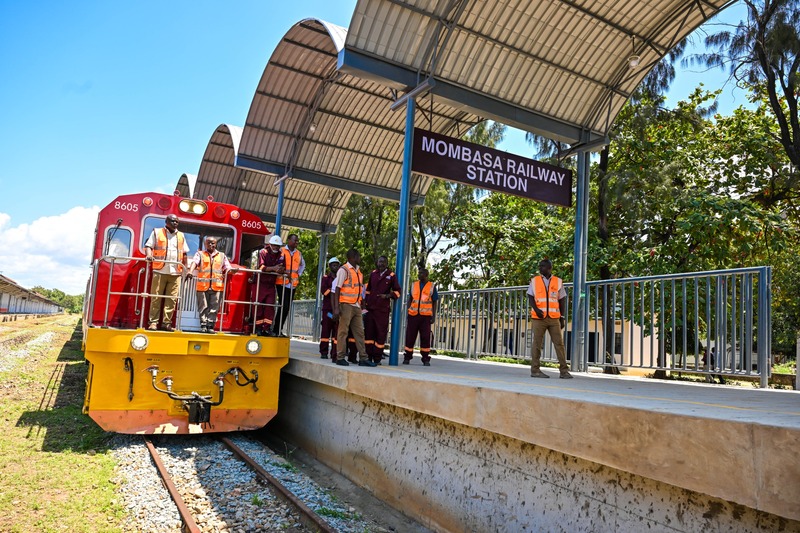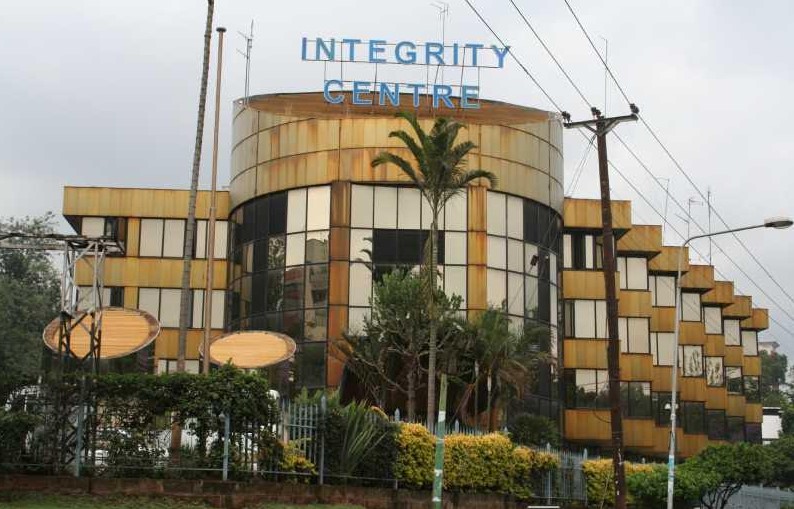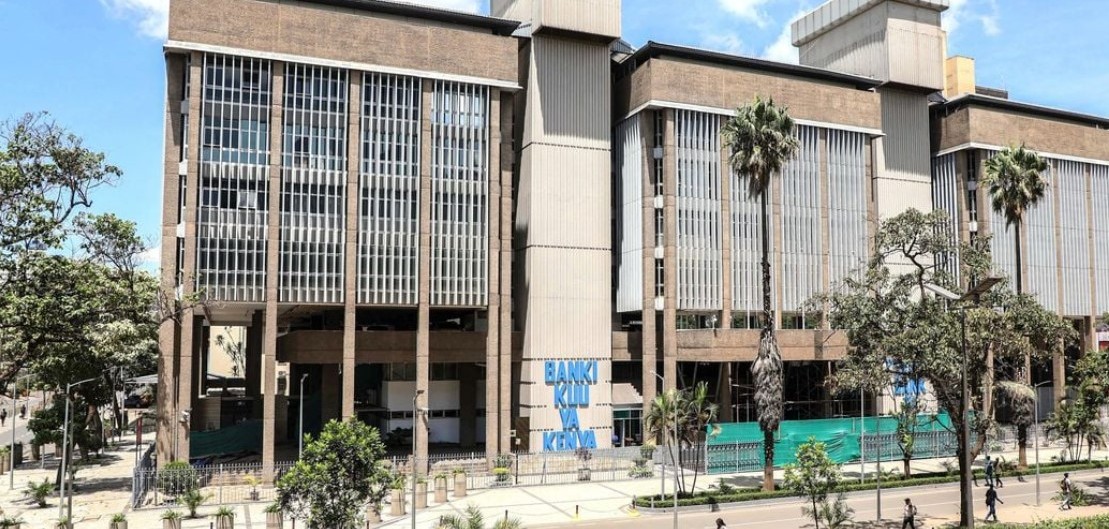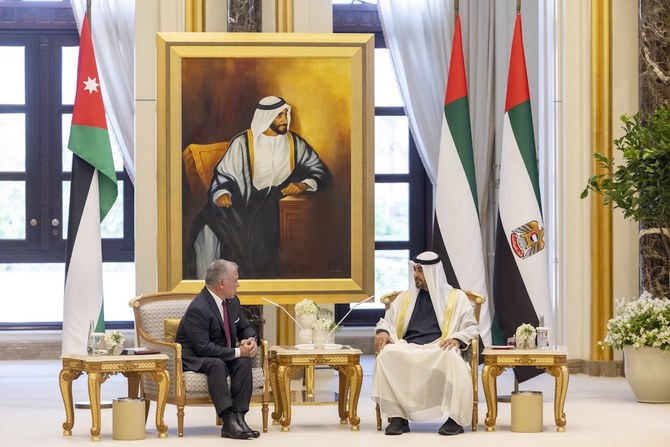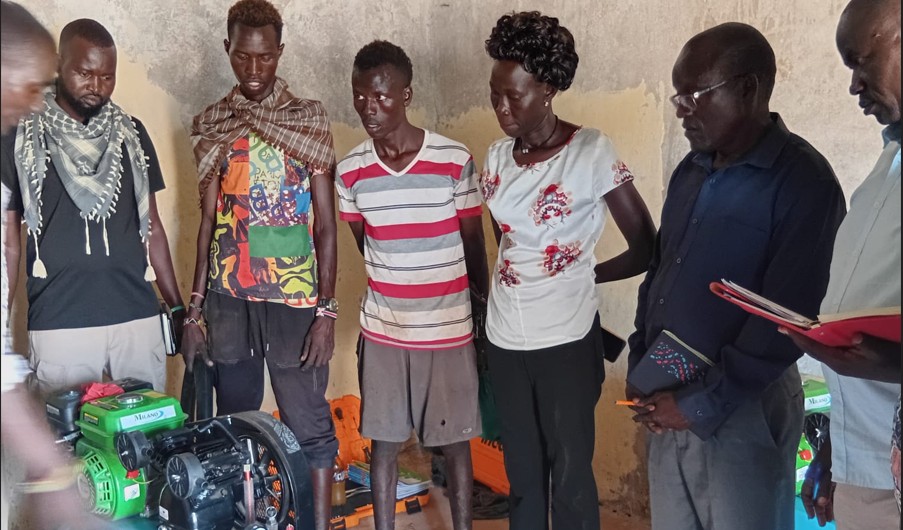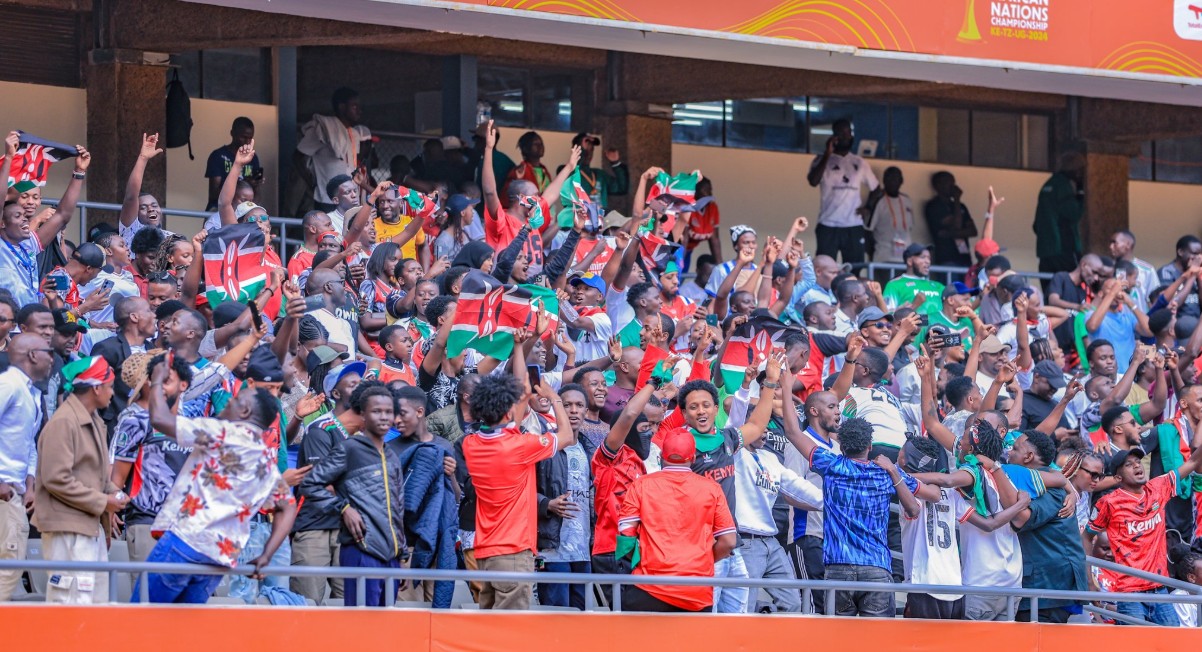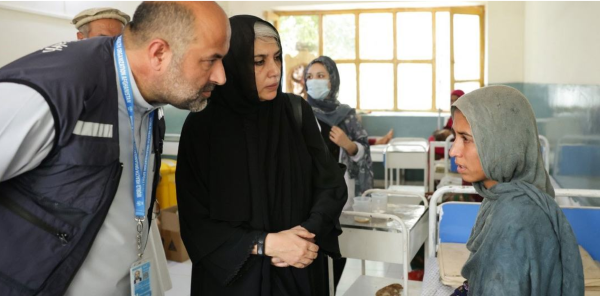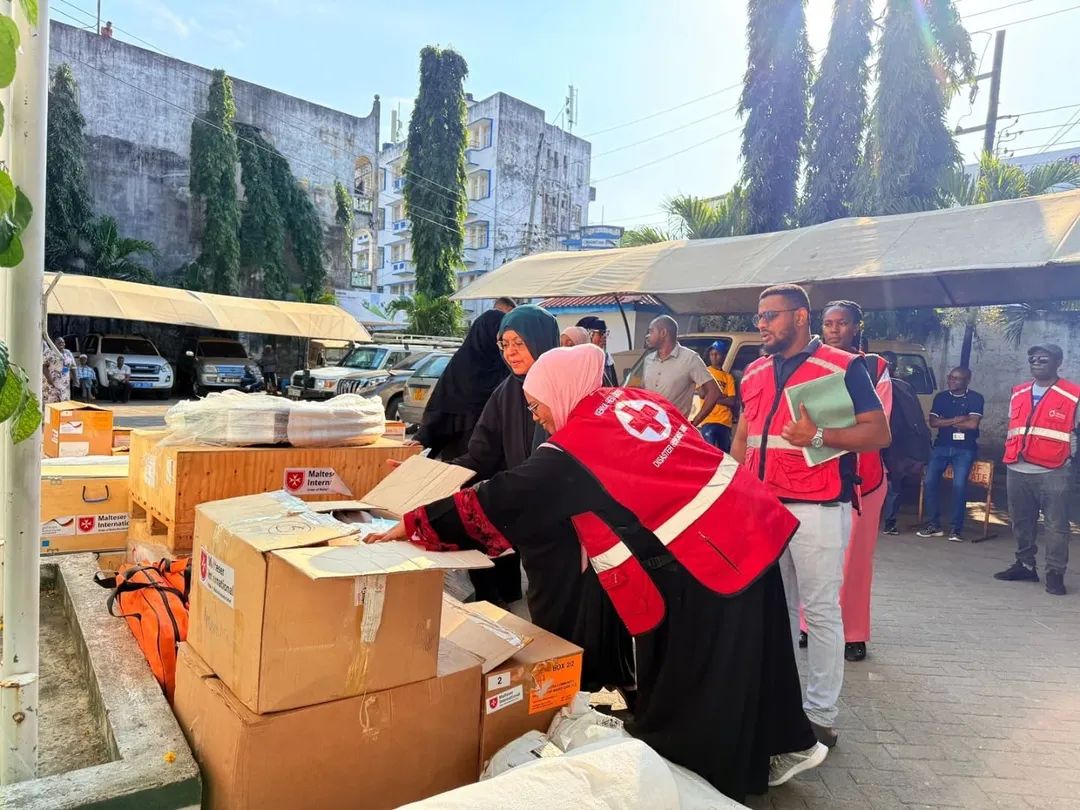Why investing in a quality gas burner matters and how to spot a fake
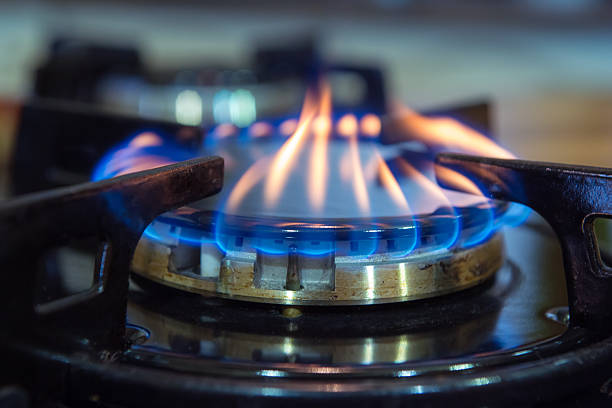
Beyond the safety benefits, quality gas burners also offer better performance.
In every household kitchen, one item of great importance is often overlooked.
This is where morning chai is cooked, baby lunches are made, and family dinners are served.
More To Read
- Planned gas price controls draw mixed reactions from dealers
- Cooking smoke linked to 26,000 deaths in Kenya every year - report
- EPRA raises LPG entry bar to 30,000 cylinders for dealers to curb cartels
- Government halts Kenya Pipeline’s LPG project, awards it to Nigerian firm
- Kenyans using cooking gas more despite rising prices, KNBS report shows
- From kitchen to workshop: How craftsmen are revolutionising sculpture polishing using gas cylinders
But while it may seem simple, “It is just a gas burner”, the quality of your gas burner can make a surprising difference, not just to your cooking, but to your safety and the safety of your loved ones in general.
With fire-related home incidents on the rise in many parts of the world, especially in Nairobi areas, experts are urging consumers to pay closer attention to the appliances they rely on every day.
And when it comes to gas burners, the difference between a well-made unit and a counterfeit one can be more dangerous than most people realise.
When cheap turns costly
At first glance, all gas burners may look alike, some are even very shiny, a ring of metal, a few ports for the flame, and a knob to control it.
But under the surface, cheaper or fake burners often hide serious flaws.
“Low-grade burners are made with thinner, weaker metals; they are often lightweight, which can crack or warp over time,” says fire safety engineer Martin Mwenda.
“Often, they may even leak gas, burn unevenly, and in the worst cases, lead to flare-ups or carbon monoxide buildup.”
Mwenda advised to always buy the gas burners from petrol stations or trusted local suppliers, and even get them tested before going home with them.
“You do not just buy, pay and put them in your bag. Let the vendor test it for you, so that you can see and hear the sound the burner produces while lit up. Unless you are playing with your life.”
It does not take much for a small gas leak to escalate into a major kitchen fire.
And often, the culprit is a burner that was not built to last or even built to standard at all.
How to tell the real from the risky
Fake burners are becoming more convincing, and they often slip into the market through unregulated shops or online listings. So, how can you protect yourself?
“If your burner is on low and the flame is blue, it’s burning efficiently, clean, hot, and stable. But if the flame turns yellow, flares, or moves wildly, it’s a sign of incomplete combustion, which can mean wasted energy, soot, or even danger. A wild flame doesn’t just look wrong; it signals that something isn’t working as it should. Whether subtle or fierce, the flame always tells the truth.”
Start by checking for authentic safety certifications, like the ISI mark, CE mark, or your country’s official safety seal.
A good burner should feel solid and heavy, with smooth welding and even flame ports. Branded units often come with a manufacturer's warranty and instructions.
On the other hand, if the burner feels flimsy, has rough edges, lacks any label or certification, or is priced suspiciously low, it is likely a fake.
And that bargain may come at the cost of your safety.
Better burner, better living
Beyond the safety benefits, quality gas burners also offer better performance.
They burn gas more efficiently, helping your cylinder last longer and your food cook faster. They distribute heat more evenly and are often easier to clean and maintain.
Some premium models now include added features like auto-ignition, flame failure protection, and energy-efficient design, innovations rarely found in counterfeit products.
“Good burners actually save money over time,” says Mwenda.
“They use less gas, last longer, and reduce the risk of costly damage.”
A growing market and growing risk
As demand for gas stoves rises, especially in growing urban areas like Nairobi, so too does the risk of counterfeit or uncertified products flooding the market.
If you are purchasing a new burner, experts recommend buying only from authorised dealers, a petrol station or well-known retailers, and avoiding street vendors or unclear online sellers.
Your gas burner may be small, but its role in your home is big.
It touches your daily meals, your family’s routine, and, when faulty, your safety is at risk.
So, while it might be tempting to go for a cheaper option, the smarter investment is in something reliable, durable, and certified.
Top Stories Today


